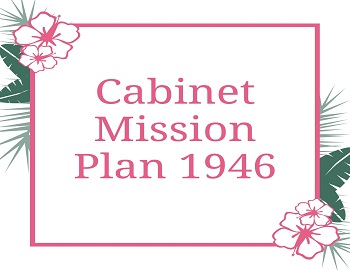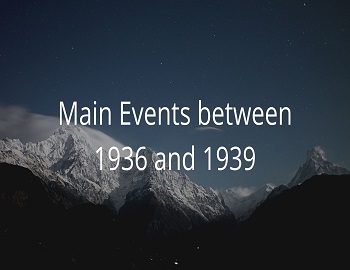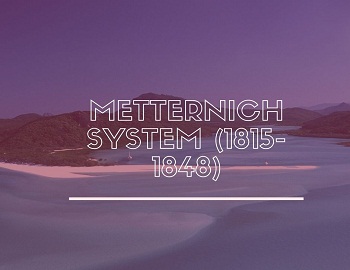Cabinet Mission Plan 1946:
After the Second World War, Lord Atlee became the Prime Minister of England. Sensing the sentiments of Indians, the Atlee Government, in February 1946, announced its decision to send a Cabinet Mission to India in order to negotiate the peaceful transfer of power. The Cabinet Mission, composed of three British Cabinet Ministers- Sir Pethick Lawrence, the Secretary of State For India; Sir Stafford Cripps, President of the Board of Trade and A.V. Alexander, First Lord of the Admiralty.
The Cabinet Mission, which arrived in India on March 24, 1946 made it clear that its objectives were-
- To set up the machinery for writing a constitution for free India.
- Arrangements were to be made for the formation of an interim government.
The members held discussions with the governors, members of the Viceroy’s Executive Council, party leaders, representatives of minorities and princes. The purpose was to affect a compromise between the major groups for the speedy transfer of power. A deadlock soon emerged between the Congress and the League on the issue of partition and the nature of the union. As a result, the Mission itself put forward a set of proposals in May 1946.
Main Recommendations of Cabinet Mission Plan 1946:
- The unity of India had to be retained.
- Jinnah’s demand for Pakistan was rejected by the Mission as it would not provide an acceptable solution to the communal problem. Apart from administrative, economic and military considerations, the two halves of proposed Pakistan were separated by seven hundred miles and communications would be dependent on the goodwill of India. Henceforth, it recommended a Federal Union for the whole of India including the States dealing with Foreign Affairs, Defence and Communication.
- All subjects other than the Union subjects and all residuary powers should vest in the provinces.
- The Princely States would retain all subjects and all residuary powers other than those ceded to the Union.
- British provinces would be divided into three groups. Group A would consist of Madras, Bombay, the United Provinces, Bihar, Orissa and the Central Provinces; Group B would include Punjab, North-West Frontier Province and Sind; Group C would have Bengal and Assam.
- Each group referred to above would draft a constitution for a regional union if so desired.
- A province could opt out of the group by a majority decision of its legislature.
- The Cabinet Mission proposed that the Constituent Assembly would consist of 385 members, of whom 292 would be representatives from the provinces and 93 would represent the Indian states. The members of the three groups stated above would frame provincial constitutions for their respective groups and then would finally meet to frame the Union Constitution.
- An interim government would be formed at the centre. The Viceroy would reconstitute his Executive Council consisting of representatives of all communities.
- India would have the freedom to remain within the British Commonwealth or secede from it.
- A treaty between the Constituent Assembly and the United Kingdom would be worked out to enable a smooth transfer of power.
The Congress agreed to the proposals relating to the Constituent Assembly but rejected the proposal regarding the formation of an Interim Government because the Muslim League had been given disproportionate representation. The Muslim League at first accepted the Cabinet Mission plan on June 6, 1946, but on July 29 withdrew its acceptance and called upon Muslims “to resort to Direct Action to achieve Pakistan”.

![Montagu Declaration or August Declaration [1917] 2 August Declaration-1917](https://gkscientist.com/wp-content/uploads/2020/10/August-Declaration-1917-350x200.jpg)







Comments (No)